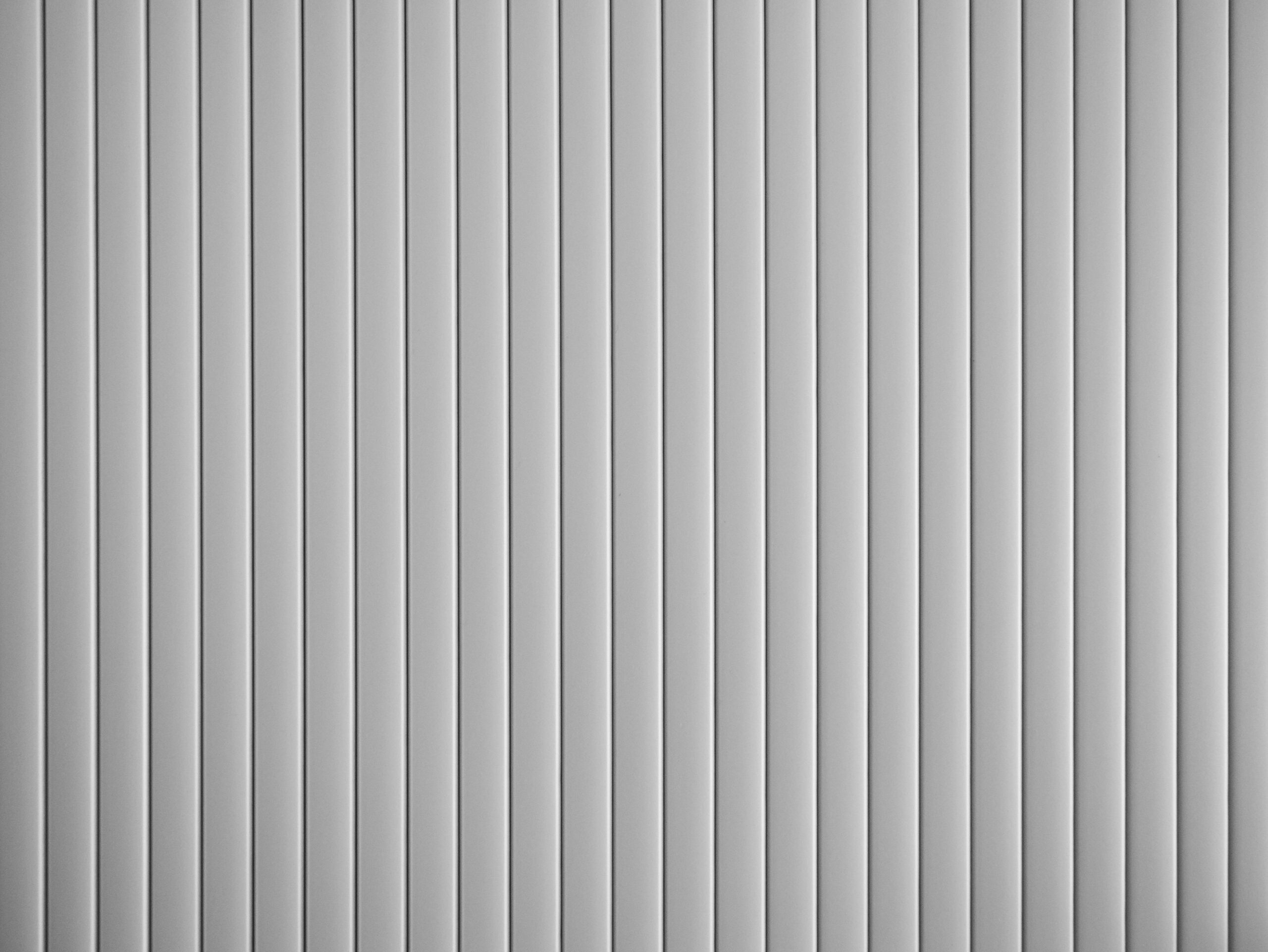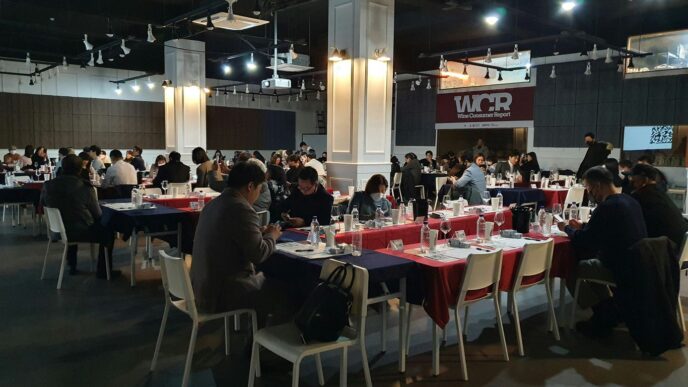In the world of manufacturing, shaping metal into usable products is an art and a science, integral to a wide range of industries. Metal stamping and fabrication are two fundamental processes that transform metal sheets into precise parts and components. While they share some commonalities, each process has unique applications and techniques.
This post dives into the nuts and bolts of both metal stamping and metal fabrication.
Understanding Metal Stamping
Metal stamping is a process that uses high-pressure machinery to shape sheets of metal into specific forms. It is highly efficient for producing large quantitiesof uniform metal parts. The process begins with a flat sheet of metal which is fed into a stamping press where dies in the shape of the parts are pressed into the metal to create the desired shape. This method is favored for its speed and precision, making it a popular choice among metal stamping manufacturers for mass production.
Common products made via stamping include brackets, panels, hinges, and much more, which are used in automotive, electronics, and consumer goods. Additionally, the automation of stamping processes has further enhanced its efficiency, making it possible to produce parts at an even faster rate.
The Art of Metal Fabrication
In contrast, metal fabrication involves cutting, bending, and assembling metal structures from various raw materials. Unlike stamping, fabrication is often used for custom projects requiring a high degree of craftsmanship and adaptability. Techniques such as welding, forging, and soldering are common in this process, allowing for the creation of intricate and durable structures.
Fabrication is crucial for constructing metal frameworks used in buildings, heavy equipment, and bespoke furniture. Each project can be tailored to specific client needs, making it essential for specialized engineering applications. Moreover, the versatility of metal fabrication allows it to support a broad array of industries, from architecture to aerospace, where customized metal components are crucial.
Key Techniques in Metal Stamping
Delving deeper into metal stamping, several key techniques stand out. Progressive stamping, for instance, involves several stations that perform different actions on a metal piece, such as punching, coining, bending, and cutting, as it moves through the stamping machine. This is ideal for complex parts as it minimizes material handling and maximizes efficiency.
Another technique, deep drawing, is used to create deep, hollow shapes like pots and enclosures. Metal stamping is not only efficient but also cost-effective, as it minimizes waste by using pre-cut metal sheets.
Exploring Fabrication Methods
Metal fabrication offers a plethora of methods to achieve the desired end product. Laser cutting, one of the most precise methods, uses high-powered lasers to cut metal with extreme accuracy, ideal for detailed work.
Press brake forming is another common technique where metal is bent into shapes or angles with high precision. Each method in fabrication can be chosen based on the specific strength, flexibility, and durability needed for the project. The versatility of metal fabrication makes it indispensable for custom projects and repairs.
Choosing Between Stamping and Fabrication
Deciding whether to use metal stamping or fabrication depends largely on the project requirements. Stamping is typically chosen for high-volume production where uniformity and speed are critical. It is highly cost-effective for long runs because the initial costs of designing and creating dies are spread over many parts.
On the other hand, fabrication is preferable for low-volume or specialized projects where customization and structural integrity are paramount. Understanding the distinct advantages of each method helps in selecting the most suitable process for a particular application.
Conclusion
Both metal stamping and fabrication play pivotal roles in the manufacturing industry, each serving different but equally important functions. Metal stamping is ideal for quick production of uniform items, making it a staple among manufacturers who require efficiency at scale.
Metal fabrication, on the other hand, offers flexibility and customization, catering to unique and complex projects. By understanding the basic principles and applications of each process, businesses can better decide which method aligns with their production goals and project specifications.













